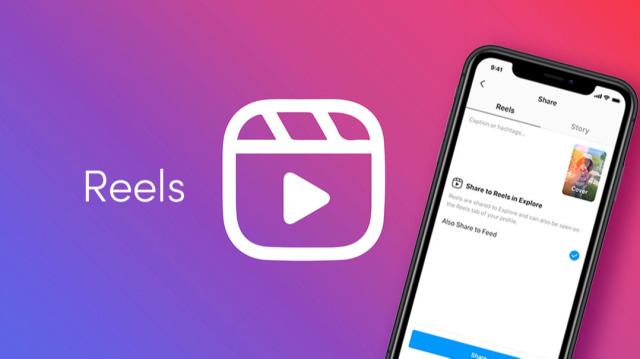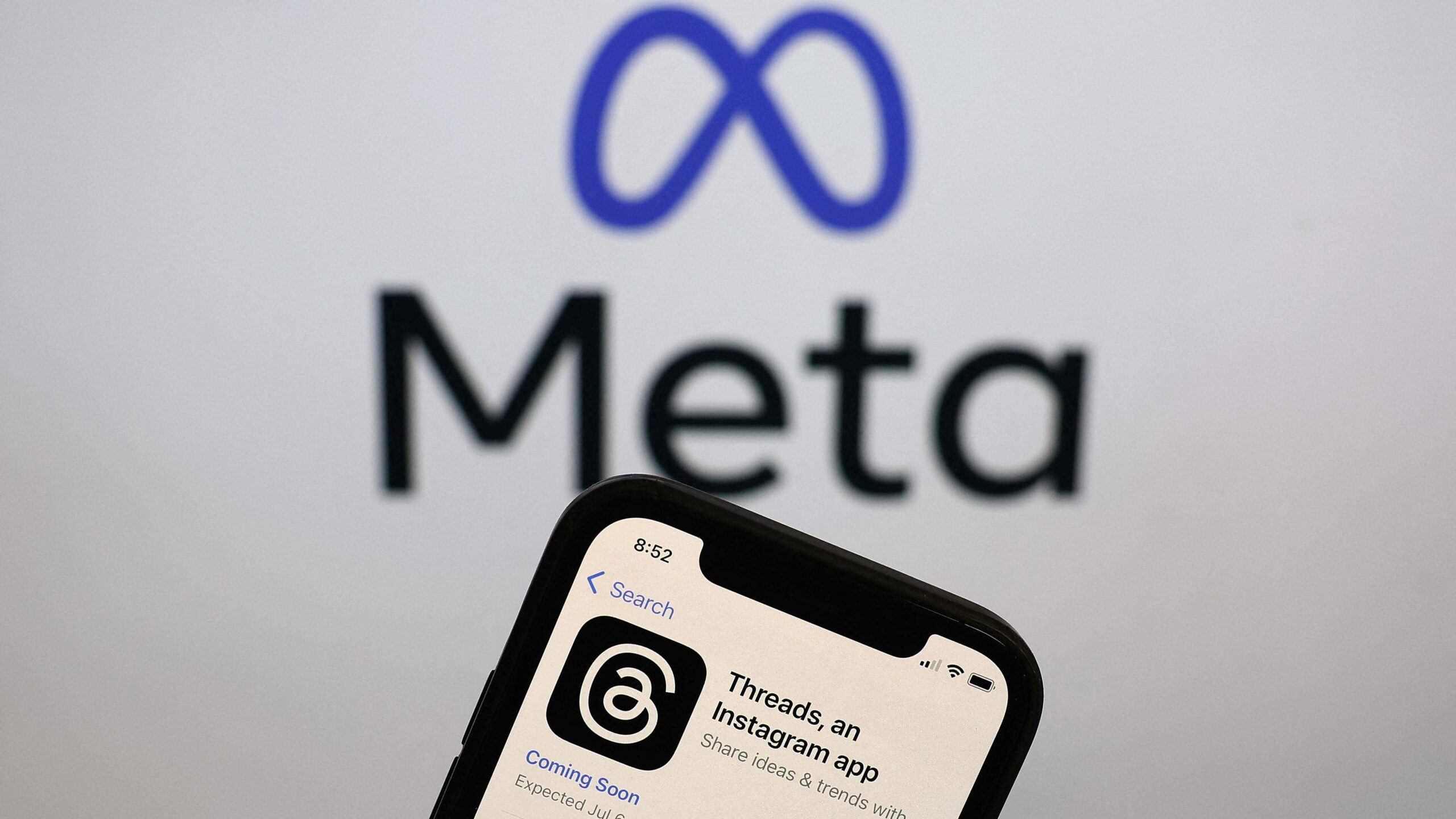Google announced its next-generation AI model, Gemini 2.0 Flash, on December 11, 2024. This model extends its capabilities beyond text generation to include native creation of voice, graphics, and text.
This flagship AI tool positions Google to compete directly with OpenAI’s advanced offerings and introduces enhanced multimodal features.
Read also: OpenAI considers monetising ChatGPT, other AI products with ads
Gemini 2.0 Flash has enhanced features and multimodal capabilities
Gemini 2.0 Flash is designed to seamlessly generate and edit audio, images, and text. It can process multimedia inputs such as videos and audio recordings to answer contextual queries like “What did he say?” The audio generation feature allows customisation of speech, supporting eight optimised voices in various languages and dialects. Users can modify delivery styles, such as asking for slower speech or playful pirate-like tones.
Developers accessibility to Google’s Gemini 2.0 Flash
Today, developers can experiment with 2.0 Flash on platforms like Vertex AI, AI Studio, and the Gemini API. While audio and image generation features are restricted to early access partners, the production version of Gemini 2.0 Flash will become widely available in January 2025.
Additionally, Google is introducing the Multimodal Live API, enabling real-time audio and video streaming capability integrations into apps, similar to OpenAI’s Realtime API.
Read also: Google Gemini’s new memory feature remembers all your favourite restaurants, important dates
Gemini 2.0 Flash offers improved speed, accuracy, and functionality
Google claims that Gemini 2.0 Flash outpaces its predecessor, Gemini 1.5 Pro, in coding, image analysis, and factual accuracy benchmarks. It’s faster and more adaptable, and features enhanced arithmetic abilities, making it Google’s most robust Gemini model. The model is also integrated with SynthID watermarking technology to mark synthetic outputs, addressing concerns over deepfakes.
Gemini 2.0 Flash represents a leap forward in AI innovation, combining real-time, multimodal capabilities with user-friendly features. By making powerful APIs and tools accessible to developers, Google aims to l in the race for practical, ethical, and advanced AI applications.








